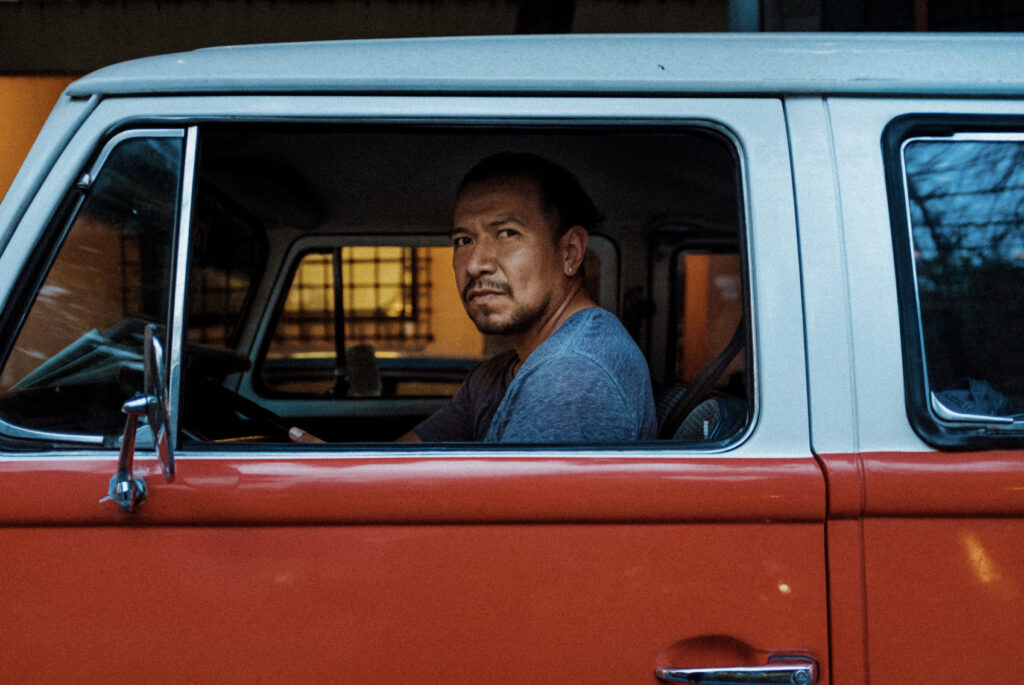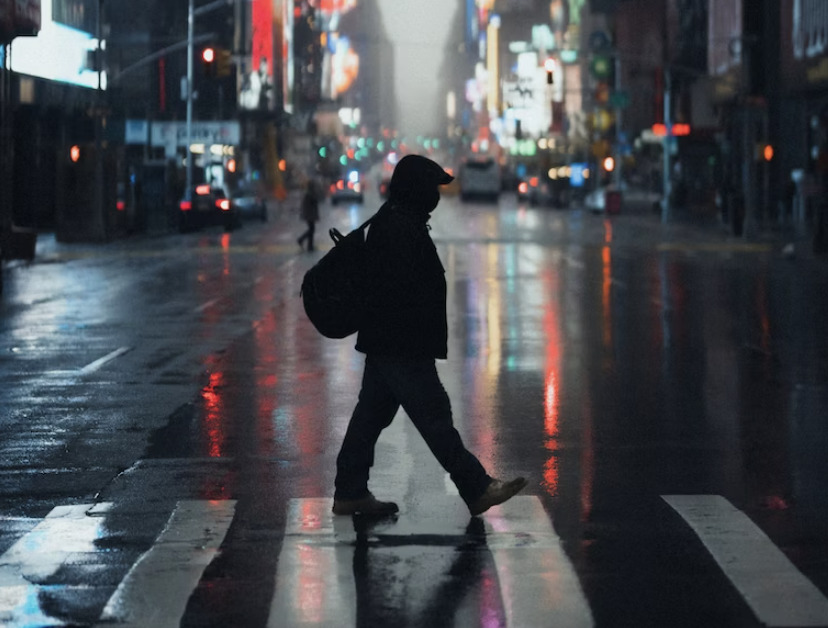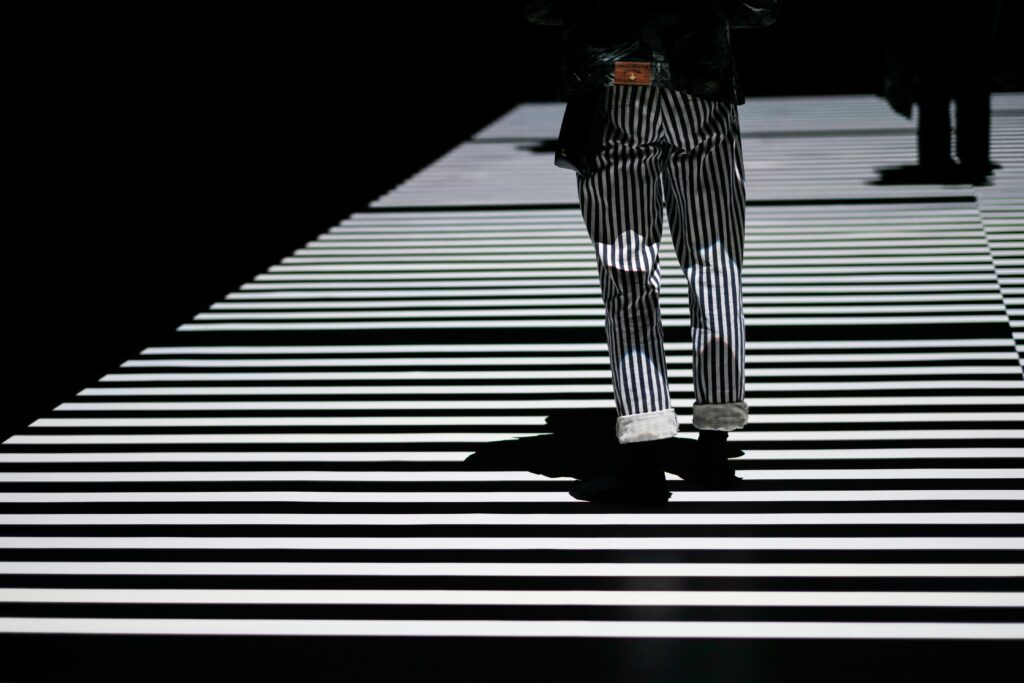When it comes to street photography and its place in the larger photographic sphere, there exists a fascinating dichotomy: one school of thought maintains that street photography is dead (or dying). The other insists that street photography is trendy and as popular as ever.
While both sides present valid points, the danger with such a discussion is that it is all too easy to descend into arguments about who’s more right or who’s less wrong.
There is simply too much gray area here.
Street photography, like anything else, is subject to stylistic fluctuations that change over time and vary from person to person and place to place. The very definition of street photography is something you won’t even find universal agreement on.
Ultimately what matters is that we all recognize that street photography has always been and always will be a vital segment of the craft of photography.
One way that all those who practice the craft can preserve the integrity — whether real or imagined — of street photography, regardless of whatever stylistic cycle it might currently be in, is to not be bad at it.
Here’s how to not be bad at street photography (keeping in mind that “bad” is a highly subject term, so your mileage may vary) and how together, we can keep street photography alive.
1. Don’t Overthink It
I understand this is easier said than done for the more cerebral types; it’s tempting to analyze and pontificate and philosophize about street photography.
I’m not suggesting that high-minded examinations of street photography are unwarranted, but don’t turn it into developing a “theory of street photography” syllabus in your head because this isn't necessary to be good at street photography.
Esteemed street photographer Elliott Erwitt said, “Nothing happens when you sit at home…I just shoot at what interests me at [the] moment.” Which means you need to do less thinking and more doing.
Don’t get in the way of your own success by being trapped inside your head. Just get up and shoot whatever grabs your attention — no need to overcomplicate things.
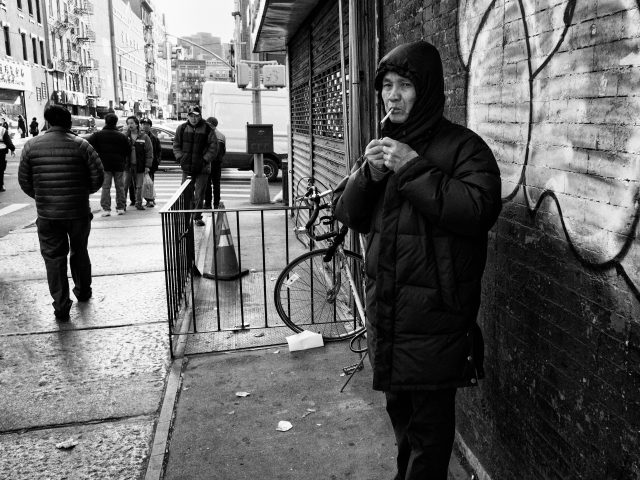
2. Don’t Underthink It
My dictionary tells me that “underthink” isn’t a word. I don’t care. But you do have to care about what you’re doing each time you raise your camera to your eye.
Street photography benefits remarkably from a kind of unfiltered rawness; this shouldn’t be mistaken for randomness or carelessness, though. You still need to be selective about subject matter and composition, for example.
Many of the detractors of the current state of street photography often bemoan the “anything goes” idea. Photographing the back of someone’s head doesn’t automatically qualify as good street photography just because the person is on the street.
Yes, I warned about overthinking things but you do have to develop an effective process when you’re shooting in public spaces; in time that process will become so ingrained in your psyche you won’t even be consciously aware of it.
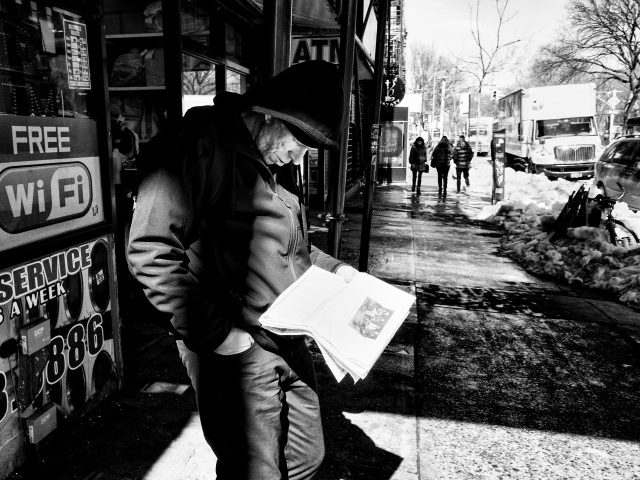
3. Avoid Being a Copycat
Studying the masters can be fun, inspiring and instructive, but you shouldn’t try to copy them or anyone else. It’s important to realize that you can learn from the work of others while standing firm in your individuality.
Of course, everyone is familiar with the idea that imitation is the sincerest form of flattery. But have you ever considered Oscar Wilde’s profound addendum to that platitude? “Imitation is the sincerest form of flattery that mediocrity can pay to greatness,” the eccentric Irish wordsmith suggested. It’s something to think about.
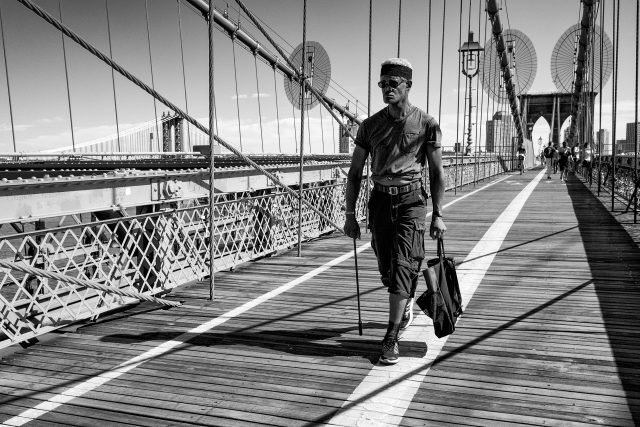
4. Don’t Be Impatient
Street photography requires a certain level of perseverance. Sure, there will be times when a gem of a shot falls into your lap the moment you step onto the scene, but you should never count on such serendipity each time you go out to shoot.
A great deal of street photography involves waiting for the right shot. You’ll know it when you see it, just give it time. When you feel ready to move on from your current spot, spend an extra 5 minutes there and see what develops. It could be the most rewarding 5 minutes of your day.
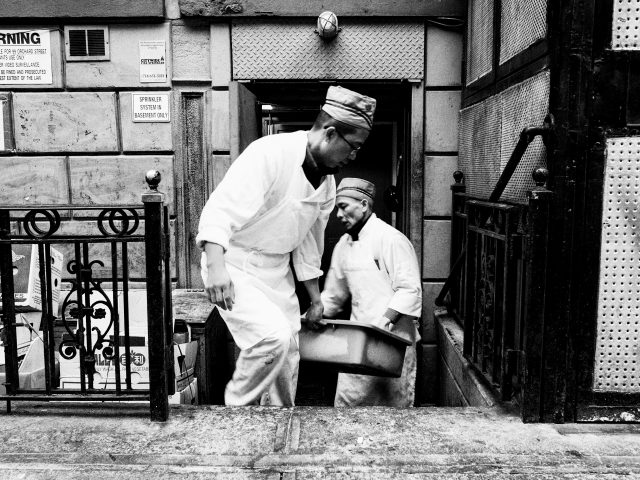
5. Remain Vigilant
Obviously you can’t possibly see everything and everyone around you, which means you will miss shots — while you’re capturing this incredible moment over here, some other splendid thing is happening over there. That’s just how it goes.
But you can do yourself a favor by keeping your eyes “up” at all times; as you walk along the streets, always keep your eyes focused a few feet ahead of you, looking out for worthwhile subject matter.
That way it’s less likely a scene sneaks up on you (though it does happen sometimes) and you give yourself some room to work with framing and composition.
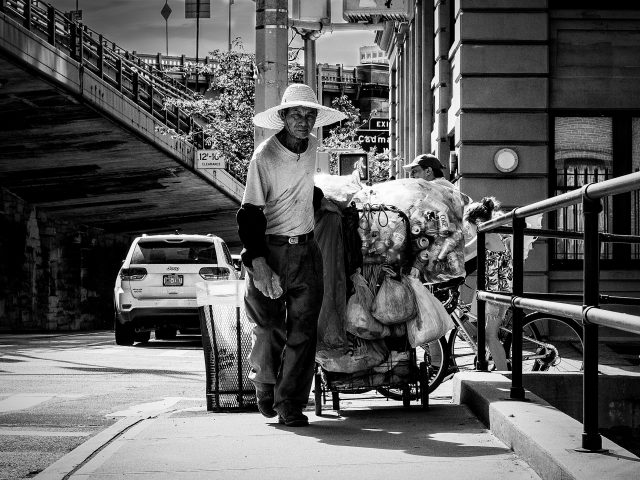
6. Strive to be a Holistic Photographer
If you are to develop a philosophy about your street photography, it should be to form a practical comprehension of how two parts contribute to the whole.
There is more to street photography than just bodies. The individuals you photograph bear unique details that contribute to our understanding of them — scars, tattoos, facial expressions, interesting fashion choices.
These individuals can also be further understood within their environmental context. With traditional portraiture we are dutifully reminded to eliminate distracting backgrounds; street photography provides an opportunity to include the background as a means of augmenting the story you are trying to tell.
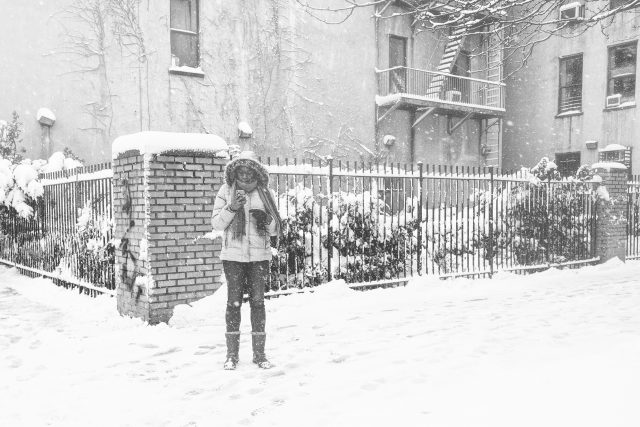
7. Don’t Follow All the Rules
There are no rules, really. Just “guidelines” and opinions. You don’t have to use a 35mm lens, you can use a 24mm, 28mm, 40mm, 50mm or 85mm lens.
Street photography doesn’t have to be black and white, it can be color, too. You don’t have to use a compact/fixed lens camera, you can use a DSLR or a mobile device.
The point is, after some experimentation, you will find exactly what your style is — what kinds of scenes you prefer to shoot, what gear you prefer to use, how you prefer to process your photos.
To be sure, I’m not suggesting you show a blatant disregard for the fundamentals; people aren’t going to be interested in scrolling through a feed of painfully underexposed photos. On the other hand, you don’t want your photos to be perceived as sterile and insipid.
Learn the rules so that you can break them with flair.
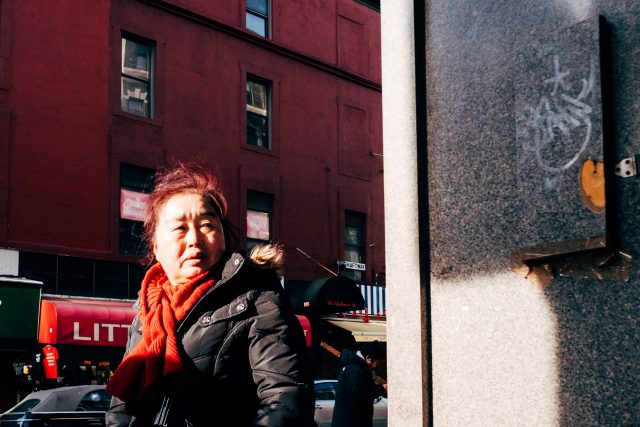
Final Thoughts
Street photography is different things to different people, which is precisely why we see so many divergent takes on it, and I believe that’s a good thing. Of course, it's still possible to be bad at street photography after reading this.
The ideas presented here aren’t a template; no one benefits from the “cookie cutter” approach. This is presented to help contextualize the process a bit for those who may be interested in getting started in street photography or who are having trouble staying grounded in the field.
I am personally always receptive to good advice wherever I may encounter it. But I also understand that a big part of becoming good at any creative effort is harnessing your ability to filter out the noise and just do things your way.
Street photography, perhaps more than any other photographic genre, lends itself to individuality and unfettered risk-taking. And as long as there are those who are willing to take such risks, street photography will never die.
Further Resources
- 4 Practical Solutions for Better Street Photography by Jason D. Little
- Black & White. Street Photography, Improved by Federico Alegria
- 10 Best Cities For Street Photography…In The World! by Jason Row
Further Learning
Street Photography is powerful when processed in black and white format – just look around at your favorite street photographers.
So, before you leave check out this truly amazing Black & White Photography guide by Kent DuFault “Better Black & White” in order to really improve both your abilities and understanding of using monochrome images to create impactful images!


